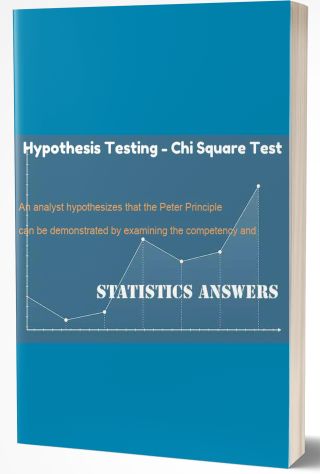One of the responsibilities of the National Collegiate Athletic Association (NCAA) is to verify that
Question: One of the responsibilities of the National Collegiate Athletic Association (NCAA) is to verify that member institutions comply with rules regarding the recruitment and awarding of scholarships to student athletes. Colleges and universities are required to submit annual reports about their activities. To insure that the information is being reported accurately, the NCAA randomly selects several schools each year for an on-campus audit and review of documentation. Because some universities have been cited for non-compliance, they have agreed to be audited more often than usual.
Because of the tiMeand expense required, only 12 universities can be audited each year. The auditors have divided the members into 3 groups
Group A: Universities on probation for previous non-compliance. Three of these will be audited Group B: Universities with large athletic budgets. Four of these will be audited
Group C: Universities with small athletic budgets. Five of these will be inspected.
Let "Yes" mean the university athletic department is in compliance with NCAA guidelines and "No" mean it isn't in compliance. The information is summarized in the following table. The auditors do not know if an athletic department is in compliance
|
Group A |
Group B |
Group C | |||||
|
School # |
Compliance |
School 4 |
Compliance |
School # |
Compliance |
School 4 |
Compliance |
| 1 |
Yes |
1 |
No |
1 |
Yes |
11 |
No |
|
2 |
No |
2 |
Yes |
2 |
No |
12 |
No |
|
3 |
No |
3 |
No |
3 |
Yes |
13 |
Yes |
| 4 |
Yes |
4 |
No |
4 |
Yes |
14 |
No |
|
5 |
Yes |
5 |
Yes |
5 |
No |
15 |
No |
|
6 |
Yes |
6 |
No |
16 |
Yes | ||
|
7 |
No |
7 |
No |
17 |
Yes | ||
|
8 |
No |
3 |
Yes |
18 |
Yes | ||
|
9 |
Yes |
9 |
Yes |
19 |
No | ||
|
10 |
No |
10 |
No |
20 |
No | ||
(A) Use the following random number table to choose a stratified random sample of size 10. Begin on the first line and explain your process. Indicate clearly which numbers you choose.
| 08421 | 44753 | 77377 | 28744 | 75592 | 08563 | 79140 | 92454 | 14592 | 98481 | 15373 |
| 12109 | 47806 | 1142I | 66812 | 53045 | 66831 | 68098 | 40772 | 21558 | 47781 | 33586 |
| 79177 | 06928 | 70708 | 23822 | 13048 | 12633 | 19687 | 05233 | 16853 | 14374 | 40011 |
(B) Use your sample results to estimate the proportion of the entire population of all schools that are in compliance.
(C) Using the data from the table, how does this estimate compare to the true proportion of all schools in compliance.
(D) Explain why you cannot use the estimate found in part (B) to construct a confidence interval for the true population proportion of schools in compliance.
Deliverable: Word Document


![[Solution] In a particular chi-square goodness-of-fit test there are four categories and 200 observations. The #12424 Confidence Intervals](/images/downloads-images/featured/Statistics-question-12423.jpg)

![[Solution] According to the National Institute for Occupational Safety and Health, job stress poses a major t #20201 Hypothesis Testing - T test](/images/downloads-images/featured/Statistics-question-23802.jpg)


